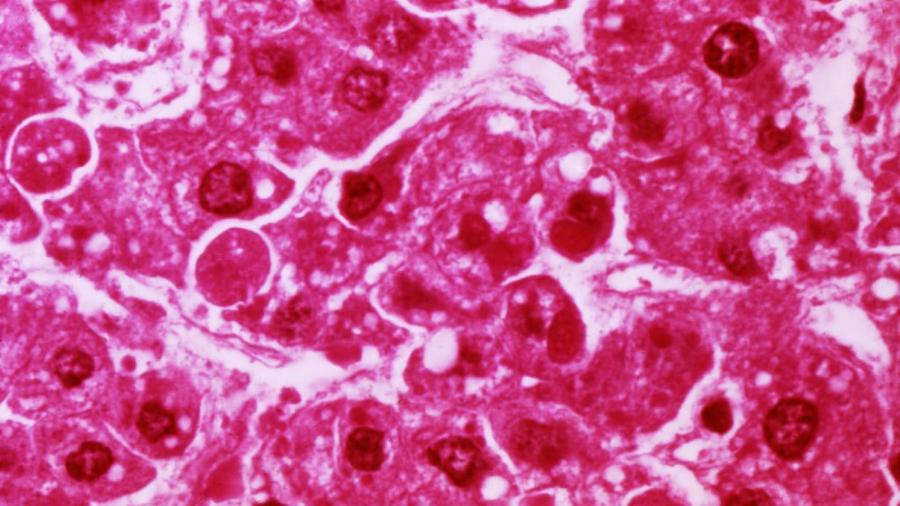What Is Hepatic Parenchymal Disease?

Hepatic parenchymal disease is damage to the functional cells of the liver, according to HealthTap. Liver diseases can be divided into those affecting the biliary ducts and those affecting the functional cells of the organ, known as the parenchyma. Although liver disease is often associated with alcoholism, there are more than 100 hepatic diseases caused by a variety of factors, says the Canadian Liver Foundation.
Many liver diseases have no known cause, but the most common are attributed to viruses (hepatitis), obesity (fatty liver disease) and alcohol (cirrhosis), according to the Canadian Liver Foundation. Hepatic parenchymal disease can be difficult to diagnose because either the symptoms are vague and similar to those of other diseases or there are no symptoms until the liver has suffered significant damage, as the Canadian Liver Foundation explains. Jaundice (yellow skin tone and yellowish sclera of the eyes) is one sign of liver damage. Other symptoms include abdominal swelling and tenderness. Blood tests can be used to detect inflammation, viruses or antibodies. Cancer of the liver is also a possibility, although it is almost always preceded by cirrhosis, according to WebMD.
Lifestyle plays an important role in protecting against liver disease, according to the Canadian Liver Foundation. Preventative steps range from eating a healthy diet to immunization before traveling to countries where malaria is present. The abuse of alcohol and certain drugs are also implicated in liver disease.





